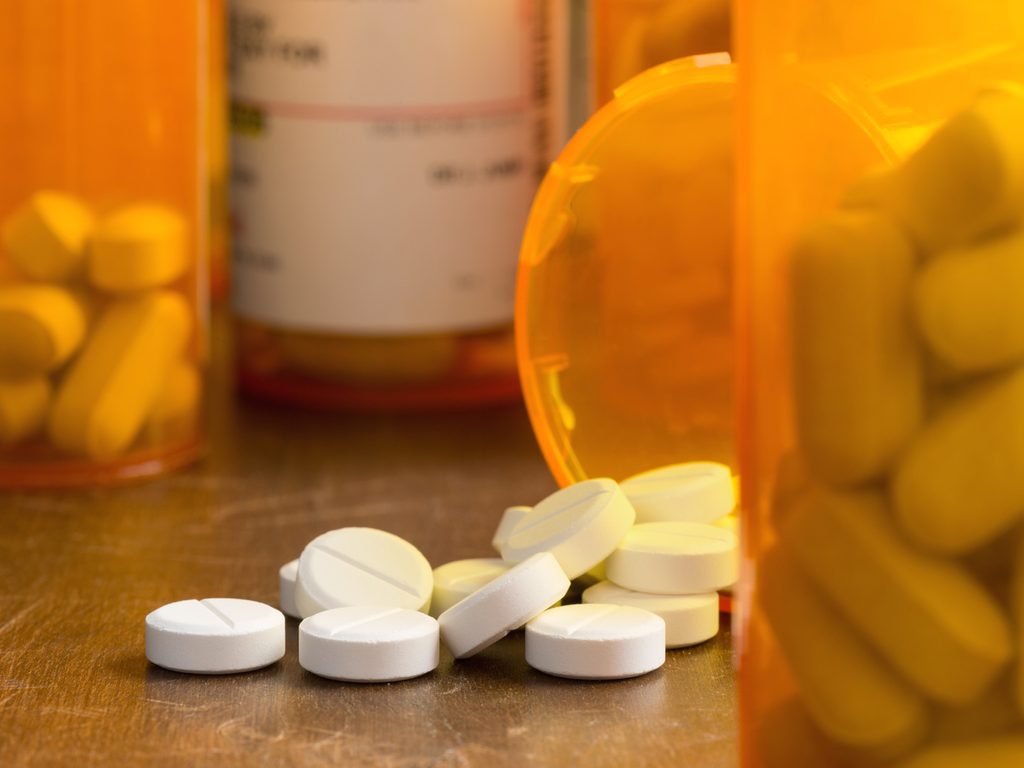Why Nobody Is Immune to Opioid Abuse

Dr. Daniel Kalla, an ER doctor and novelist, explains how easy it is to fall into opioid abuse, when it became a crisis in Canada and what we can do about it.
Reader’s Digest Canada: We hear so much about opioid misuse and abuse, but is there a safe way to use these drugs?
Daniel Kalla: Absolutely. We give fentanyl to people in the hospital for things like draining an abscess or if they’ve had their gallbladder out and need to get through the operative pain. It’s safe when controlled. The problem is that doctors were prescribing opioids too liberally as a way to manage long-term pain. After a while, there was no pain—just addiction. Then, when people are no longer able to get what they need legally, or they aren’t getting the same high and require something stronger, they transition to street drugs.
When did opioid abuse in Canada go from a problem to a crisis?
About six years ago, we started to see the overdose levels spike. At St. Paul’s Hospital in Vancouver, arguably the epicentre of the opioid crisis in this country, I went from seeing three to four overdoses a day to 10 to 20.
The game changer was fentanyl, which is 50 to 100 times stronger than morphine, and the street versions can be 100 times more potent than that. In the ER, we’ve provided primary care to “familiar faces”—long-term opioid users—who would come in on a semi-regular basis. But when fentanyl arrived, a lot of them disappeared.
You also write novels on the side. How does that fit with your day job?
Writing is a release for me, a way to vent some frustrations with my work. My latest—The Last High—is about the opioid crisis, and I’ve had a front row seat to this tragedy for 20 years. It’s hit me hard both personally and professionally, so I was very inspired to tackle it.
A lot of people think, “Opioid abuse could never happen to me.” Is that part of the problem?
Absolutely. People have their own vision of what someone addicted to opioids looks like, and it’s not usually them or the people in their family. This is dangerous because it diminishes empathy and can lead to a sense of imperviousness that could make you more susceptible.
Is this addressed in your book?
Yes, it’s one of the reasons I chose an emergency doctor who specializes in toxicology as the protagonist. Her backstory is that she and her partner used hospital-based fentanyl—and he died in her arms.
Although there are risk factors that can make people more susceptible to opioid abuse—genetics, poverty, mental health issues—it’s important to understand that nobody is immune.
Outside of your experience in the ER, what other research did you do for your book?
A friend of mine, who is an undercover cop, gave me a crash course in the underground world that fuels the opioid crisis. He described the cavalier attitude among dealers and criminal organizations. Because they have no regard for life, supply is not something we’re ever going to be able to fix.
What can we do? Do you support harm reduction strategies?
One hundred percent. We can’t treat a medical condition with a criminal solution. Very few people who abuse opioids would choose to be in the position they’re in. We need to focus on decreasing demand by managing the people living with addiction, including legal access to the drugs they need and government-subsidized access to detox and rehab. None of that involves the police.
Next, find out if your supplements are doing more harm than good.



